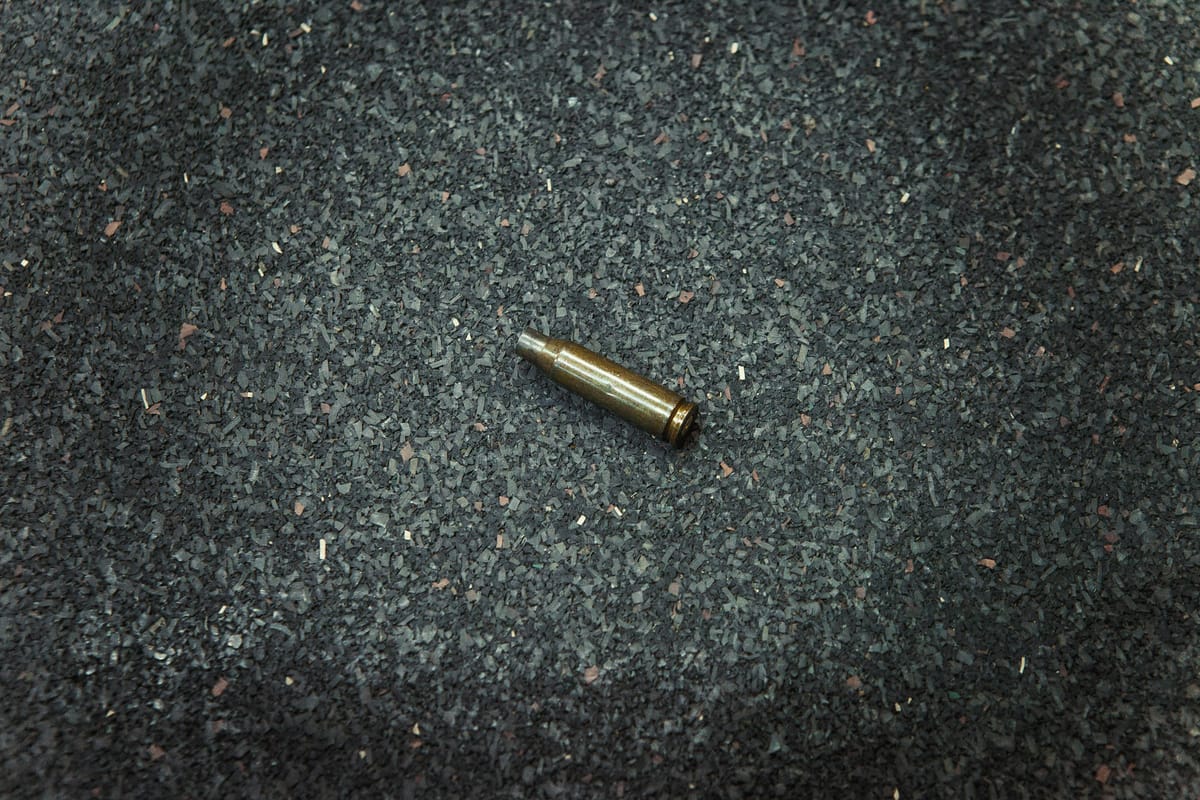Oregon Court Ruling Questions Reliability of Gun Casing Forensics

SALEM, Ore. — An Oregon Court of Appeals decision has cast doubt on a key forensic method long used in criminal investigations—matching shell casings to firearms. The court ruled that state forensic analysts relied on “subjective judgment” rather than proven scientific standards in a 2018 Portland shooting case, potentially undermining years of similar prosecutions statewide.
The ruling stemmed from the case against Odell Tony Adams, who was accused of opening fire outside the Speakeasy Lounge. Ten shell casings were recovered at the scene and later linked to a .40-caliber Taurus handgun found in a house where Adams was believed to live.
Two state forensic scientists testified at Adams’ trial that the casings matched the Taurus, but the appeals court said the analysis lacked objective criteria and could not be independently verified.
Forensic Methods Under Fire
The May 29 opinion found that the firearm examiners’ conclusions were based on individual judgment, not consistent scientific methods. The analysis was “cloaked with the ‘aura of reliability’ of science even though it is not actually derived through science,” the court wrote.
While toolmark analysis assumes that firearms leave unique marks on shell casings, the court emphasized that the method used lacked measurable standards or repeatable results. It ruled that multiple examiners could reach similar conclusions using different, unspoken personal methods—rendering the science unreliable in legal terms.
Impact on Criminal Cases
The ruling has triggered concern among prosecutors and renewed efforts by defense attorneys to exclude such forensic evidence from trials. The Oregon Department of Justice plans to ask the state Supreme Court to review the decision.
Until then, law enforcement agencies are adjusting. “We will work with law enforcement and prosecutors to determine what they can do with existing cases,” said DOJ spokesperson Jenny Hansson.
The Oregon State Police Forensic Services Division, which conducts firearm analysis across the state, defended its methods. “Our division is continually looking for ways to better serve the citizens of Oregon,” said spokesperson Capt. Kyle Kennedy.
A Growing Debate
Critics have long challenged the scientific basis of toolmark analysis. National scientific bodies, including the National Academy of Sciences and the President’s Council of Advisors on Science and Technology, have questioned the method’s accuracy and lack of statistical support.
“This evidence is not only subjective, it is about as reliable as the flip of a coin,” said a joint statement from defense attorneys Cameron Taylor, Jordan Willetts and Stacey Reding.
Still, prosecutors argue that the method has been used for decades and that cross-examination offers a way to test its reliability in court. Assistant Attorney General Peenesh Shah called it “not novel” and cautioned against judges excluding evidence juries should weigh.
What’s Next
Adams, now 42, is no longer in prison but may face a retrial if the state’s appeal fails. His previous federal trial on related charges ended in acquittal after similar forensic testimony was thrown out.
For now, Oregon courts are in flux. Defense attorney Ryan Scott said that until the Supreme Court weighs in, judges may increasingly reject ballistics evidence once considered routine.
